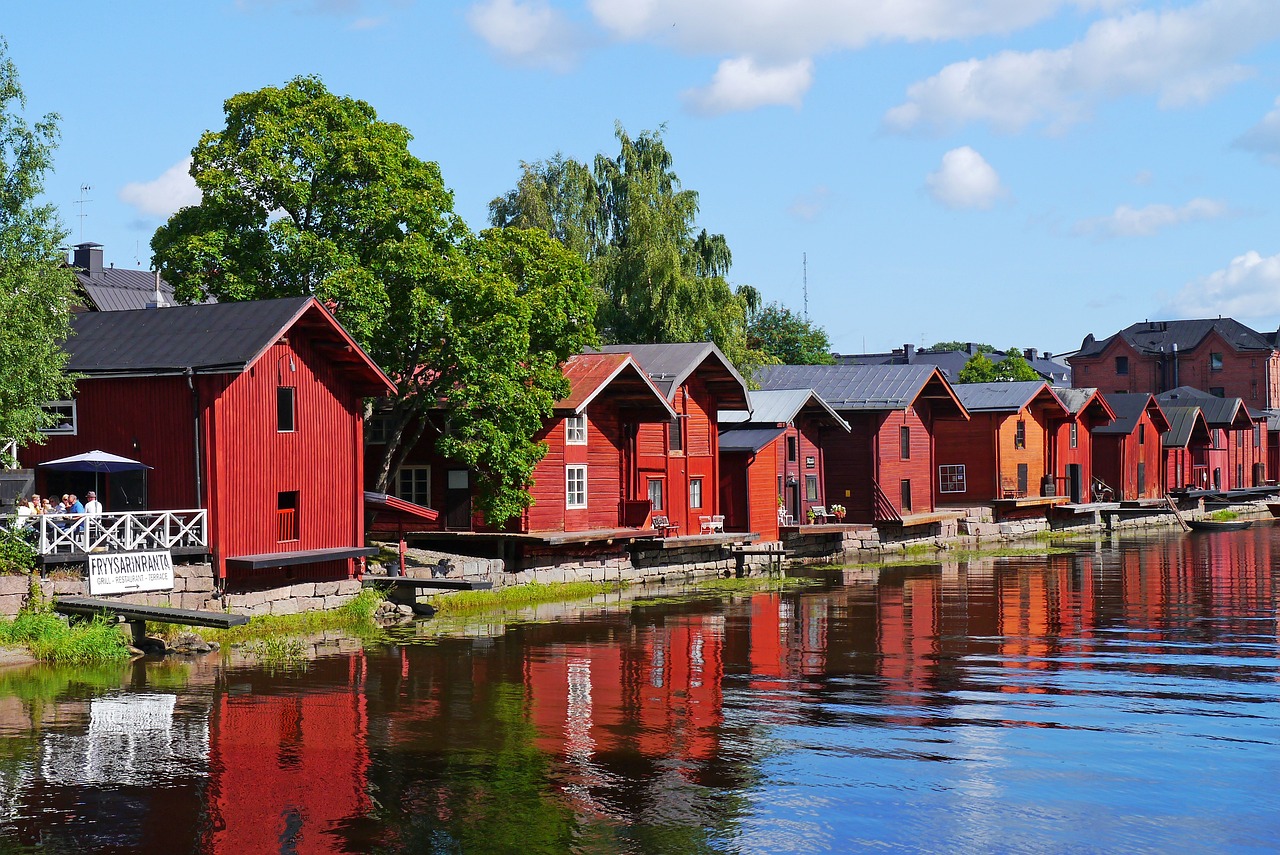Wooden buildings are becoming more and more popular in Italy and around the world, thanks to the numerous advantages offered by this sustainable building material. Here is some information on the state of wooden buildings both in Italy and globally.
The wooden buildings in Italy:
In Italy, wooden buildings have a long tradition, especially in mountainous regions where wood is abundant. In recent years, there has been a growing interest in the use of wood in construction even in urban areas. Wooden structures offer many advantages, such as high energy efficiency, reduction of CO2 emissions and a lower environmental impact than traditional concrete or steel constructions. The wooden construction sector in Italy is constantly growing and numerous works of contemporary architecture have been created that use wood as the main material.
The wooden buildings around the world:
Globally too, timber constructions are gaining ground as a sustainable alternative to traditional concrete and steel constructions. Several countries have adopted policies and regulations to promote the use of wood in construction, encouraging environmental sustainability and the reduction of carbon emissions. For example, in Canada and the United States, there are many large wooden structures, including skyscrapers, bridges and public buildings. In Scandinavia, where forest resources are abundant, the use of wood in construction is an established practice.
Internationally, a new concept called “tall wood” has also been introduced, which refers to the construction of wooden skyscrapers of several dozen floors (Yes, it is possible!!). This type of construction has been successfully implemented in several countries, such as Japan, the United Kingdom and Australia. Timber construction technology and engineering is advancing rapidly to address the challenges associated with large timber structures, such as fire resistance, acoustics and durability.
In general, wooden buildings are gaining more and more recognition as a sustainable solution in the construction sector both in Italy and in the rest of the world, helping to reduce the environmental impact and promote the conservation of natural resources.
The constructive differences between the various countries
Each country builds in its own way due to various factors such as traditions, culture, availability of forest resources, regulations and experience in the sector. Here are some of the most common construction differences between countries:
- Technologies and construction techniques: Each country has developed specific technologies and construction techniques based on its own traditions and skills.
- Laws and regulations: Laws and regulations on timber construction vary between countries and this affects the construction techniques and methods used. Some countries may have specific requirements for fire resistance, acoustics, structural stability and other characteristics of timber constructions.
- Availability of forest resources: The availability of local forest resources can influence the type of wood used and forest management practices.
- Culture and traditions: The culture and traditions of a country can influence the preferences and construction techniques in the wood sector. For example, in Japan, there is a long tradition of using wood in the construction of buildings, such as temples and traditional houses.
These are just some of the constructive differences that can be observed between countries. Importantly, the timber construction industry is constantly evolving and new technologies and practices are developing around the world depending on local challenges and opportunities.
Do you want to build in wood? Contact us, we’d be happy to help you 😊
